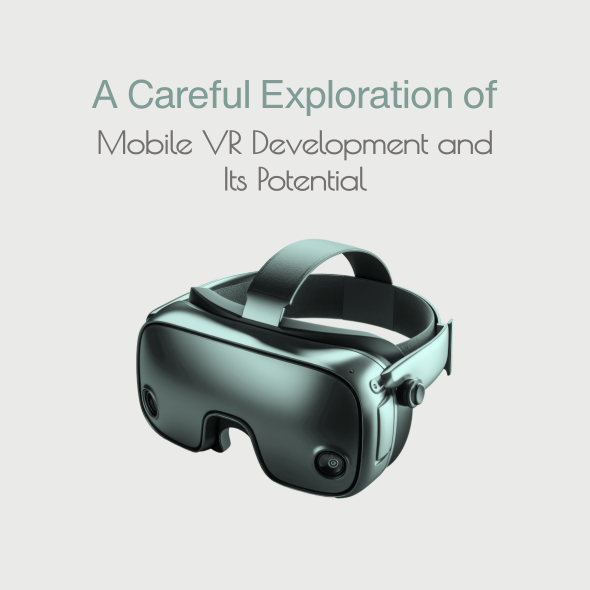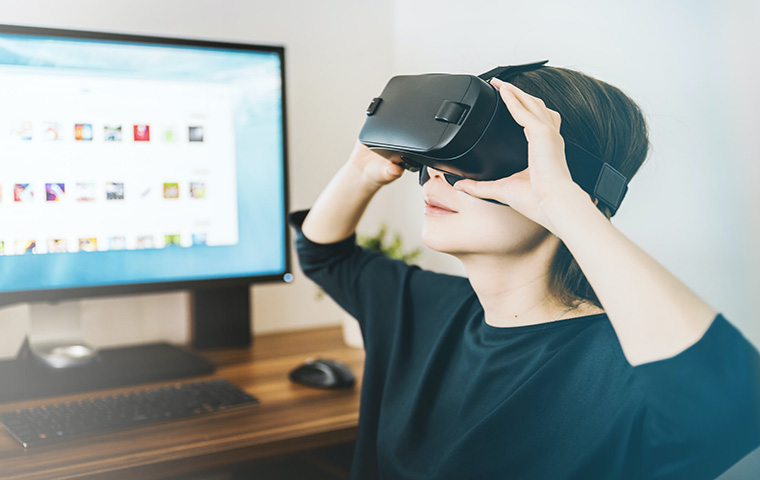In-App Purchases vs Ads: Which Strategy is Best?
You’ve created your app, and people are starting to download,...
We use cookies for our website to give you the most relevant experience by remembering your preferences. By clicking “accept”, you consent to use of ALL the cookies
This website uses cookies to improve your experience while you navigate through the website. Out of these, the cookies that are categorized as necessary are stored on your browser as they are essential for the working of basic functionalities of the website. We also use third-party cookies that help us analyze and understand how you use this website. These cookies will be stored in your browser only with your consent. You also have the option to opt-out of these cookies. But opting out of some of these cookies may affect your browsing experience.
Necessary cookies are absolutely essential for the website to function properly. These cookies ensure basic functionalities and security features of the website, anonymously.
| Cookie | Duration | Description |
|---|---|---|
| cookielawinfo-checkbox-functional | 11 months | This cookie is set by GDPR Cookie Consent plugin. The cookie is used to store the user consent for the cookies in the category “Analytics”. |
| cookielawinfo-checkbox-functional | 11 months | The cookie is set by GDPR cookie consent to record the user consent for the cookies in the category “Functional”. |
| cookielawinfo-checkbox-necessary | 11 months | This cookie is set by GDPR Cookie Consent plugin. The cookies is used to store the user consent for the cookies in the category “Necessary”. |
| cookielawinfo-checkbox-others | 11 months | This cookie is set by GDPR Cookie Consent plugin. The cookie is used to store the user consent for the cookies in the category “Other. |
| cookielawinfo-checkbox-performance | 11 months | This cookie is set by GDPR Cookie Consent plugin. The cookie is used to store the user consent for the cookies in the category “Performance”. |
| viewed_cookie_policy | 11 months | The cookie is set by the GDPR Cookie Consent plugin and is used to store whether or not user has consented to the use of cookies. It does not store any personal data. |
Functional cookies help to perform certain functionalities like sharing the content of the website on social media platforms, collect feedbacks, and other third-party features.
Performance cookies are used to understand and analyze the key performance indexes of the website which helps in delivering a better user experience for the visitors.
Analytical cookies are used to understand how visitors interact with the website. These cookies help provide information on metrics the number of visitors, bounce rate, traffic source, etc.
Advertisement cookies are used to provide visitors with relevant ads and marketing campaigns. These cookies track visitors across websites and collect information to provide customized ads.
Other uncategorized cookies are those that are being analyzed and have not been classified into a category as yet.
Cyberia Tech, Inc. respects your privacy. This Privacy Policy explains how we collect, use, and share your information. By using our services, you agree to this policy. If any other agreements conflict with this Privacy Policy, the terms of those agreements prevail.
Cyberia Tech complies with the EU-US and Swiss-US Privacy Shield Frameworks for handling personal data from the EEA, UK, and Switzerland. In case of any conflict, the Privacy Shield Principles prevail. Learn more at Privacy Shield. Key Definitions
Information linked to an individual, transferred from the EEA, UK, or Switzerland to the U.S.
Data revealing race, religion, health, sexual orientation, and similar categories.
Effective Date: [ 2025 / 11 / 29 ]
Welcome to The Cyberia Tech ! By accessing or using our website or services, you agree to
comply with and be bound by these Terms of Use and our Privacy Policy. If you do not agree with
these terms, please do not use our Services.
Loading
0 %

The smartphone industry, and Android vr development in particular, are evolving at a lightning pace. It blows our heads because it allows us to experience things we wouldn’t otherwise be able to.
The latest advancements in mobile vr development get us considerably closer to this world with only our cell phones. We introduce you to this setting so you may get a feel for the potential of android vr app development.
What are the leading technologies in this field, and why do we need them?
Table of Contents
We’ve already shown that VR’s potential applications extend well beyond the entertainment sector. Let’s say you’re interested in seeing a certain era, say the period of the dinosaurs, in a more tangible and understandable manner.
Without a doubt, virtual reality is the answer. You will hear a variety of sounds blended together in a realistic virtual setting.

What you expect at last form the mobile VR development is the captivating experience of a mimic world in a way that your smart brain is deceived.
The flexibility of this technology is one of its greatest strengths in the field of mobile app development.
You may be familiar with Oculus Rift and Gear VR if you’re familiar with the names of popular headset manufacturers, but do you know what distinguishes them apart?
The market for virtual reality equipment may be roughly broken down into two categories: tethered and mobile.
Android, unsurprisingly, has a robust industry with which to compete. Android is the most popular mobile operating system.
Because of this, the audience may learn a lot from this sector. With Linux and a fully multitasking OS, it can compete with Windows and specialized software.
As we’ve already established, creating virtual reality apps for the Android platform requires the use of untethered or wireless headset technology.
Android users now have a lot more options for experiencing VR. Google Cardboard is the entry-level hardware that piqued everyone’s curiosity in virtual reality.

Developers of Android virtual reality apps must be fluent in languages like Java and Kotlin. Kotlin, unlike Java, does not have these restrictions, making it ideal for developing cross-platform software.
The other is to establish a useful design approach for all the different Android screen sizes and versions. Where do we run into problems while making VR apps for Android?
Battery life is one of the most pressing concerns. Every vr performance relies on the battery because the technology is portable.
Second, the in-built display is required for the virtual reality experience. While the GPU used by Android is serviceable, it cannot compete with a tethered setup. The speed and the graphic cards in PCs are substantially quicker.
Another issue is that some people can’t tolerate using the headset because of motion sickness. When your mind tells your eyes that you’ve moved your head but they don’t believe you. You become ill from this.
There are softwares that are pretty productive in making a high-quality VR mobile application. Let us introduce you to some of the best:
It is one of the first and most efficiently influential in the game industry. But also is the right solution for VR app development. It is used variedly in Automotive, transportation, engineering, media, and entertainment. Some of its features are:
Unity also provides you with learning by giving you specific courses and supportive services.
A VR engine that comes from AWS. The point is you don’t need special knowledge or skill in 3D graphics or VR programming. It works with all the popular platforms, such as Oculus Rift, Oculus Go, HTC Vive Pro, Google Daydream, and Lenovo Mirage.
Moreover, it supports employee training and course studies. Service productivity. Its given options are:
Specifically, designed to compete with the VR giants. Giving you a wide range of VR development tools for a seamless experience.
It is not limited to Android. All the operating systems can use to create an immersive one. You just need to set which development environment your VR will create.

The next step is to study the quick start guides and specific instructions for using Google VR SDK and Unity on android.
If you want to create a virtual reality app for Daydream or cardboard, the SDK will work for you. Simply access the Google Virtual Reality Developer Portal and click the download page.
4. Unreal Engine 4 (UE4)
The other powerful tools to work with all platforms and operating system. It has massive documentation so you can learn any topic or take an online study course. Some of it’s main features are:
5. Cryengine
If you’re looking for a well-known 3D VR app development, this name is deserved to be the choice for your Android smartphone. It is compatible with most recognizable platforms.
Oculus Rift, PlayStation, and Xbox. It gives you some of the best options to create a unique experience.
6. Blender
A free 3D open-source that gives you beneficial options. An independent organization that focuses on giving proper tools in free to create awesome VR projects. Its capability offers you some noticeable options:
7. 3Ds Max
A popular 3D modeling and rendering software from Autodesk. Design visualization and creating video games are the main missions of this name. What you expect from a software are:
The next step is to study the quick start guides and specific instructions for using Google VR SDK and Unity on Android.If you want to create a virtual reality app for Daydream or cardboard, the SDK will work for you. Simply access the Google Virtual Reality Developer Portal and click the download page.
Can Android run VR?
Use the official Cardboard app as your entry point into virtual reality. Useful for both Android and iOS.
How difficult is it to make a VR app?
Creating a virtual reality game is challenging.
You should have a solid foundation in both computer science and virtual reality development. To make high-quality PC VR games, you’ll require outstanding understanding even though it’s more challenging than making VR games for the iPhone.
Although the technology of the android vr development is pretty expensive, but it is worth feeling, tasting, learning, and getting that brand, new experience.
Just imagine how productive it is in different cases from industry to medical health, to e-learn, fashion, engineering, business, etc.
The android vr development technology is available for all types of people all you need is a headset with no cable.
You can make that fresh idea into a mobile vr development and take advantage of that; by our services, we help you take that risk and make it possible to grow in that market.
You Can Get More Information!
